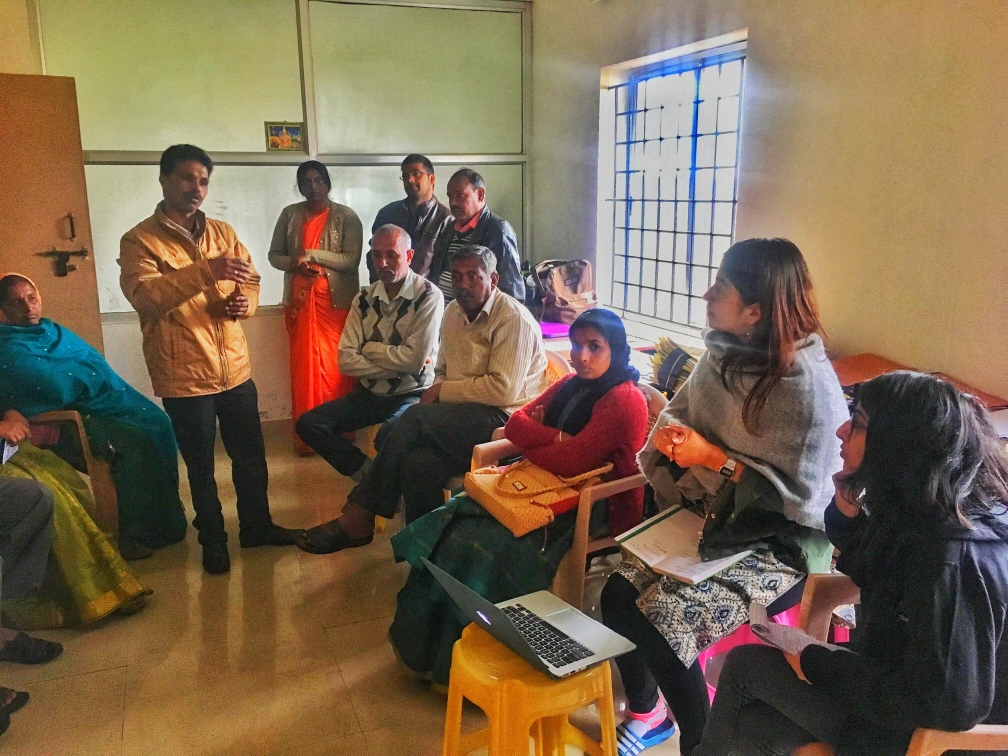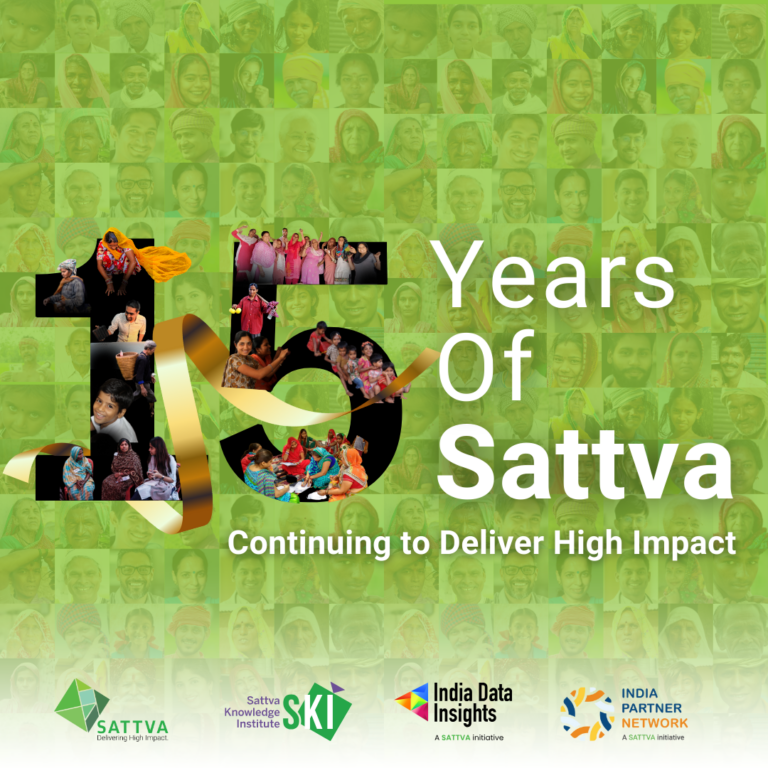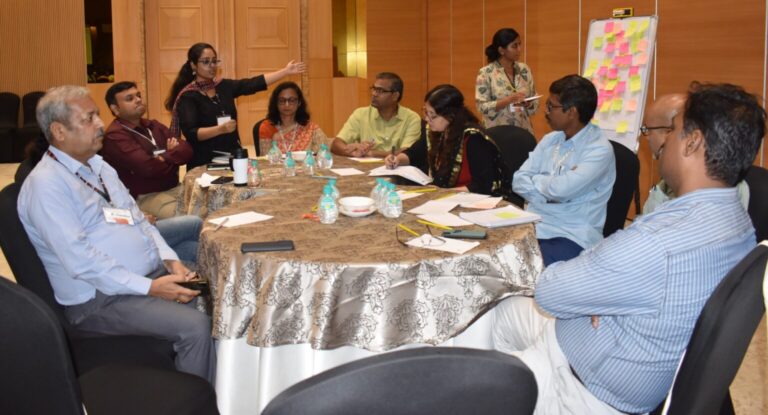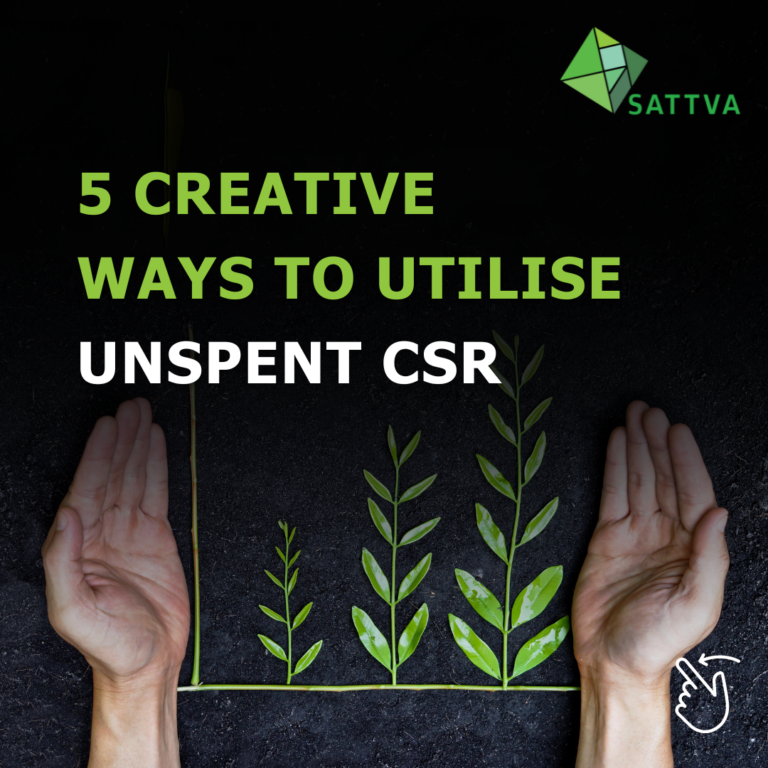CSR Amendments – A step forward for CSR-Nonprofit relationships
– by Nishkarsh Swarnkar
The Indian parliament recently passed a slew of changes with the Companies (Amendment) Act 2019, including its section 135 which is typically known as the “CSR law”. There has been a lot written about the direct implication of these changes on CSR. For a quick reference, you may want to read my colleague Mohana Rajan’s article. In this piece, we will talk about something that has not been discussed as much – the implications of these changes on nonprofits. And the news is not just good, it’s great! The changes to CSR law bring about a number of unique opportunities for nonprofits that have not been possible earlier.
We see three important trends that CSRs are likely to exhibit post the change:
1. Optimise spends – The law has now made CSR spending mandatory for all qualifying companies. This means not only will there be a greater pool of CSR money flowing into the ecosystem, but also that there will be a greater sense of urgency in utilising the funds. Any funds that remain unspent and are not related to an ongoing CSR programme will essentially be lost from a strategic investment perspective. CSRs, thus, will be looking for full utilisation in avenues that fulfill their key social objectives or align with their broader strategic interests. Nonprofit leaders can capitalise on this in the following ways:
○ Create sound projections and spending schedules, minimising underutilisation
○ Understand and align with core focus areas of the corporate’s social interests and investments
○ Keep alternate spending options ready in case underutilisation of funds becomes a challenge, especially towards the end of the financial year
2. Leverage longer-term partnerships – The typical relationship between a nonprofit and a CSR has often been short-term and transactional. However, with the introduction of the 3-year spending horizon in the law, this is now set to change. The CSR funds can now be used to finance long-term projects that aim to achieve large-scale outcomes. The longer spending horizon allows corporates to formally plan and use provisions for multi-year engagements with nonprofits, thus working towards interventions on engendering systemic change. At their end, nonprofits can take the following measures:
○ Establish shared value proposition with corporates by aligning with their social and environmental sustainability goals
○ Shift perspective from ‘donor management’ to ‘strategic relationship management’, and build a team that is equally adept at discussing financials and social impact
○ Think about flagship programmes aiming for highest impact, and create a multi-year plan and robust M&E
○ Include an ongoing dialogue on impact created on the ground, including walking CSRs through the outcomes of the social change
3. Focus on research and innovation – The government has now broadened the scope of CSR activities to include grants to incubators, thus supporting start-ups and initiatives working towards the SDGs. This is a new opportunity for nonprofits that are looking to conduct scientific research, innovate on solutions or test product prototypes. Nonprofits can now set-up their own R&D labs or product development units under government-sponsored incubators, or tie-up with universities, research institutes and existing start-ups. To the incubatees, the ability of nonprofits to bring their topical knowledge, field experience and on-ground insights to the table can prove a great value-add. This tie-up opportunity across varied actors is in itself a rare phenomenon, and has the potential of bringing a multiplier effect to the outcomes of the ecosystem – proliferating platforms akin to ‘Tech for Impact’ across diverse sectors.
To conclude, the changes to the CSR law open several new opportunities for nonprofits to engage in long-term, strategic partnerships with corporates built on shared value. An increase in the pool of available resources will favour nonprofits who fully utilise their grants and track outcomes. And last but not the least, the grounds are most fertile for nonprofits aiming for large-scale, systemic impact through long-term projects, research and innovation.
—————————————————————————————————————–
Nishkarsh Swarnkar is part of our Transformation Advisory team and based in our Bangalore office. His current work focuses on large-scale transformations in public education. Before Sattva, Nishkarsh has worked with ZS Associates as a management consultant in the healthcare industry. He is a graduate of National Institute of Technology Karnataka, Surathkal.
Sattva has been working with various nonprofits and social organisations as well as corporate clients to help them define their social impact goals. Our focus is to solve critical problems and find scalable solutions. We assist organisations in formulating their long-term social impact strategy by strategically aligning with business to provide meaningful solutions to social issues.
● Talk to us: impact@sattva.co.in




